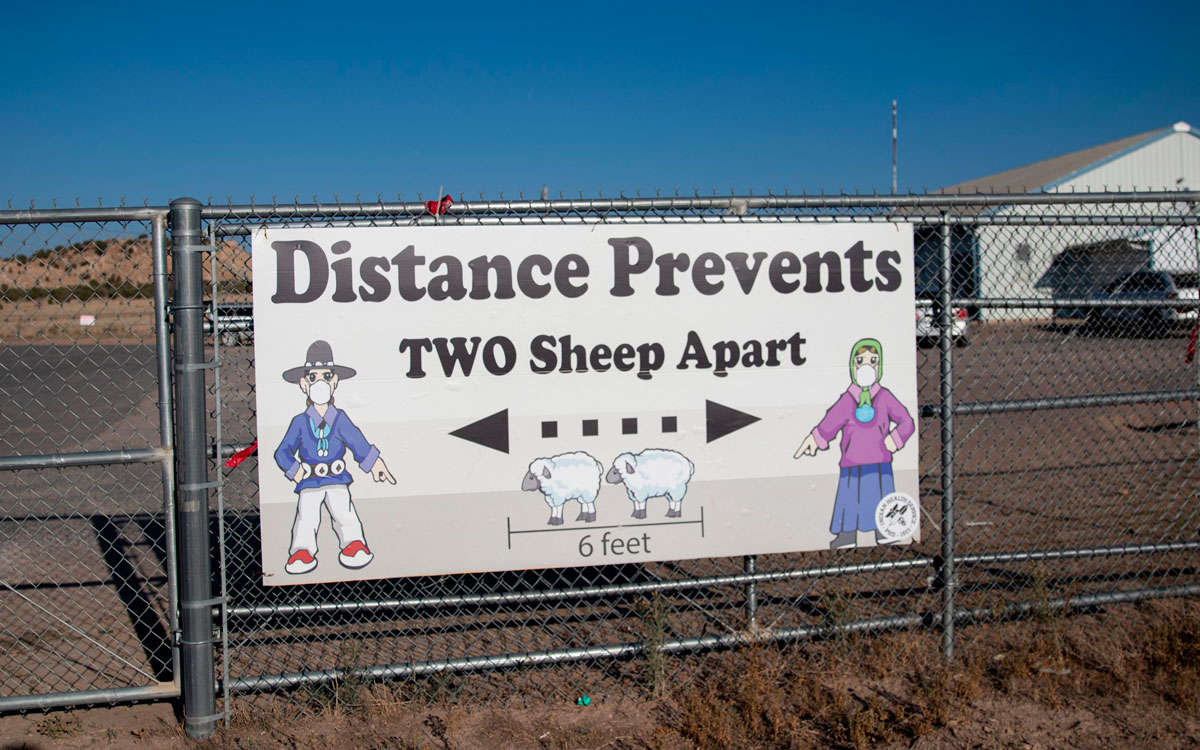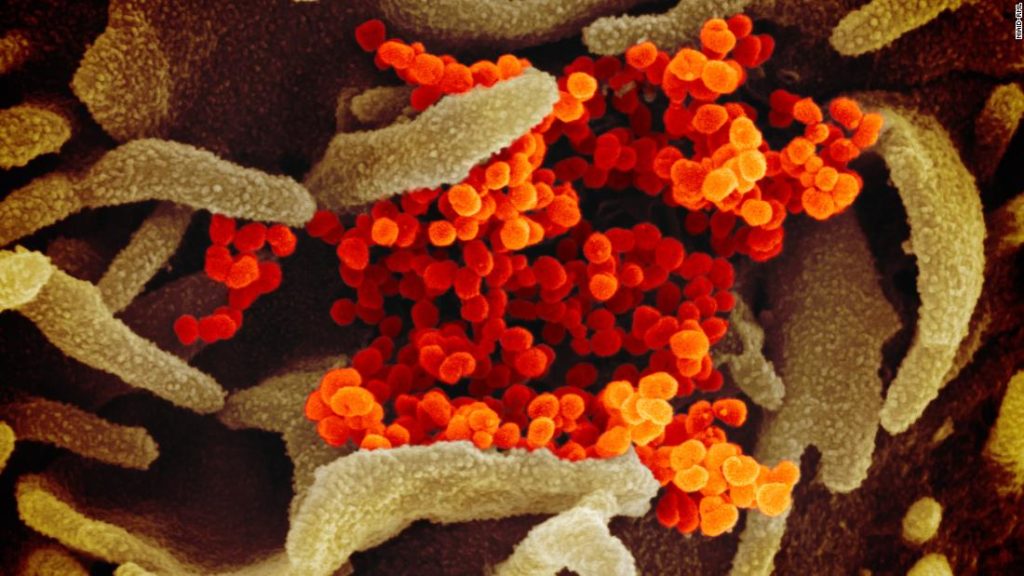
The Navajo Nation will implement a stay-at-home lockdown starting Monday, according to a statement released Sunday from the Navajo Health Command Operations Center.
This latest public health emergency order will be in effect for the next three weeks.
The Navajo Nation is a Native American indigenous tribal area that spans parts of Arizona, New Mexico and Utah.
It has been hit hard by coronavirus — the Navajo Nation reported 177 new infections on Sunday, bringing its total number of Covid-19 cases to 17,915, according to a news release from The Navajo Nation’s Office of the President and Vice President. No additional deaths were reported, keeping the total number of fatalities at 667.
The Navajo Nation has a population of 173,667, according to Census data.
What the new provisions mean: The lockdown will require all residents to “remain at home 24-hours, seven days a week, with the exceptions of essential workers,” the statement said.
The order also reimplements full 57-hour weekend lockdowns for three additional weekends.
Navajo Area Indian Health Services (IHS) reported that “nearly all ICU’s beds are at full capacity and other bed space is also filling up quickly due to the rapid rise in Covid-19 cases.”
IHS said the health system is at a point where health care providers will have to make “very difficult decisions” due to limited resources. IHS also said this second coronavirus wave “is much more dire and much more severe than the first wave we had in April and May.”
The Navajo Nation was also hit hard earlier in the pandemic. In May, the Navajo Nation surpassed New York and New Jersey for the highest per-capita coronavirus infection rate in the US — a sign of Covid-19’s disproportionate impact on minority communities.
You may also like
-
UK coronavirus variant has been reported in 86 countries, WHO says
-
NASA technology can help save whale sharks says Australian marine biologist and ECOCEAN founder, Brad Norman
-
California Twentynine Palms: Explosives are missing from the nation’s largest Marine Corps base and an investigation is underway
-
Trump unhappy with his impeachment attorney’s performance, sources say
-
Lunar New Year 2021: Ushering in the Year of the Ox

